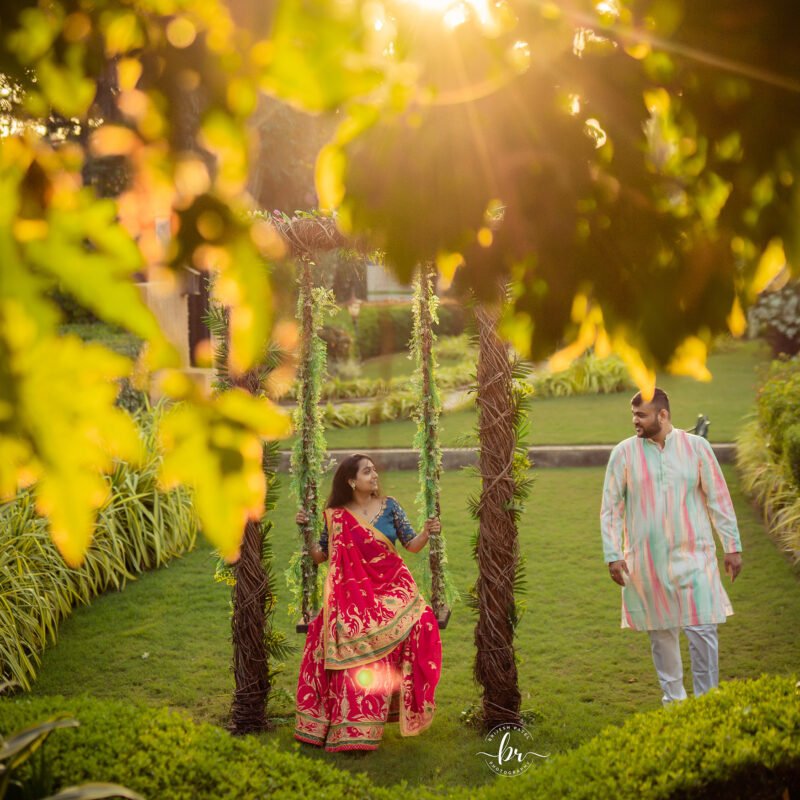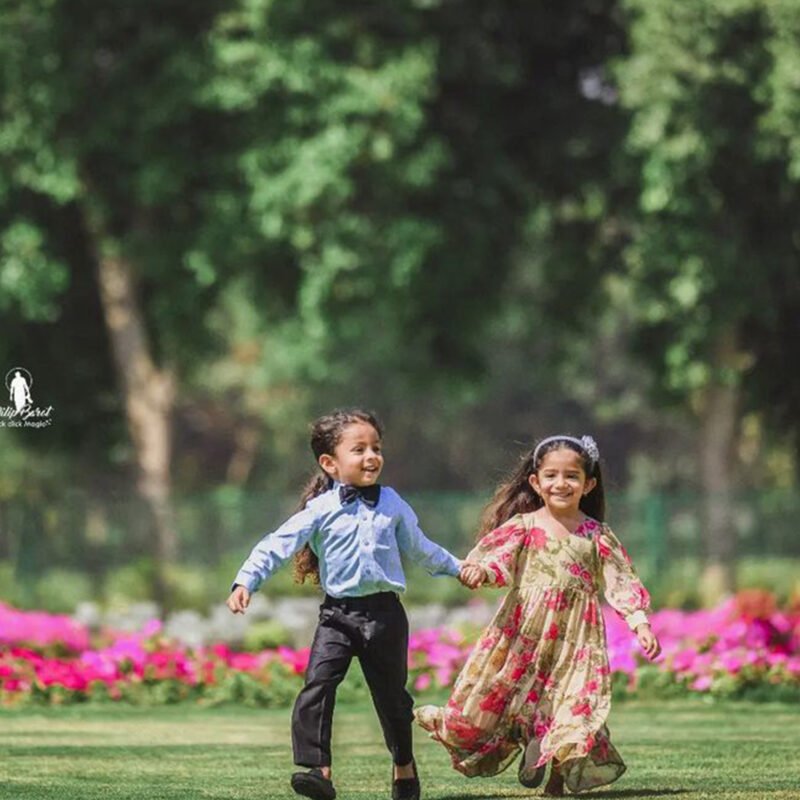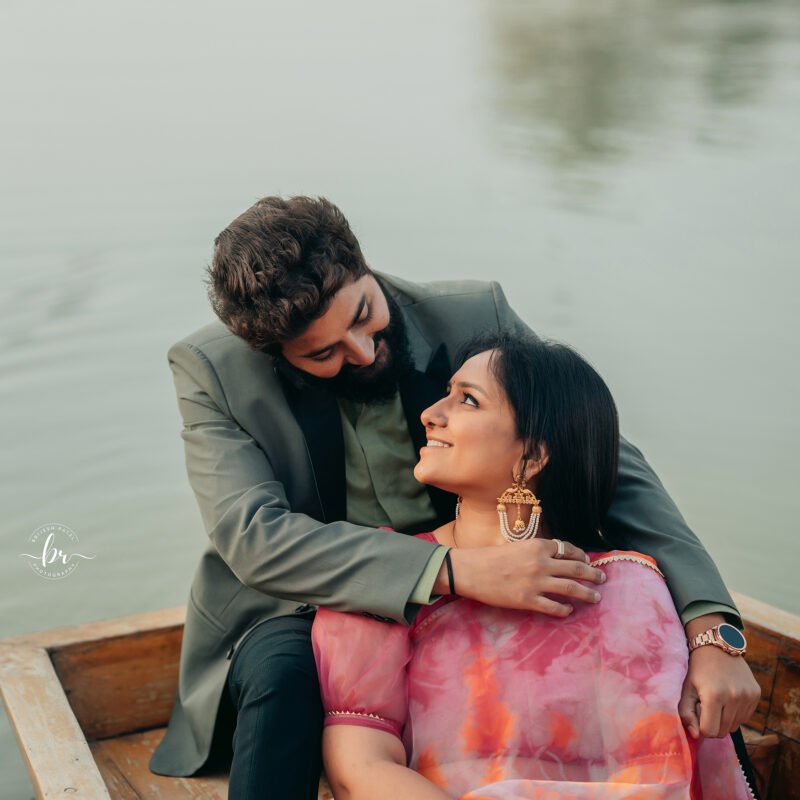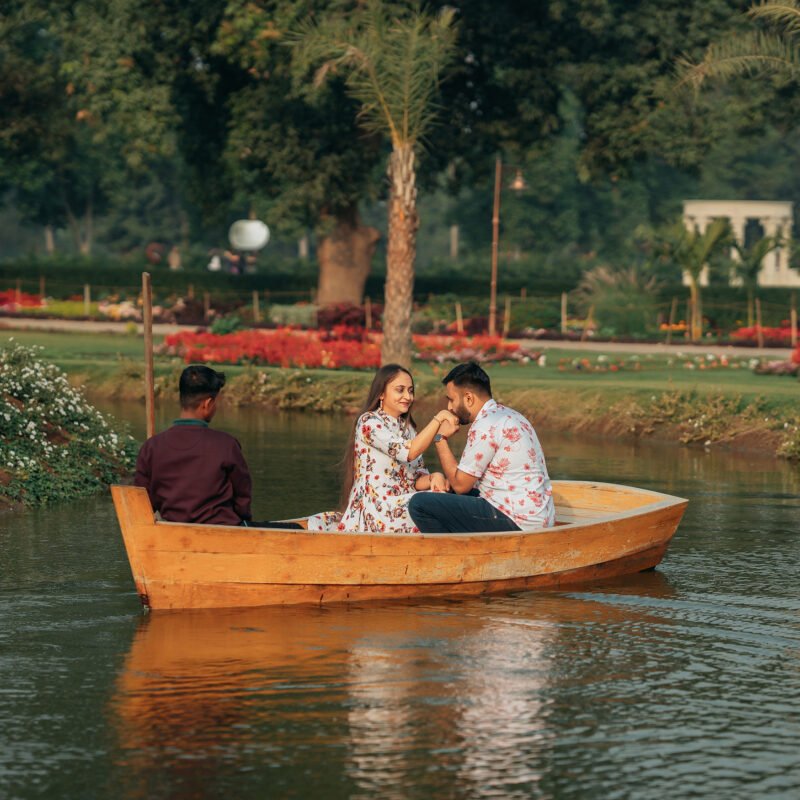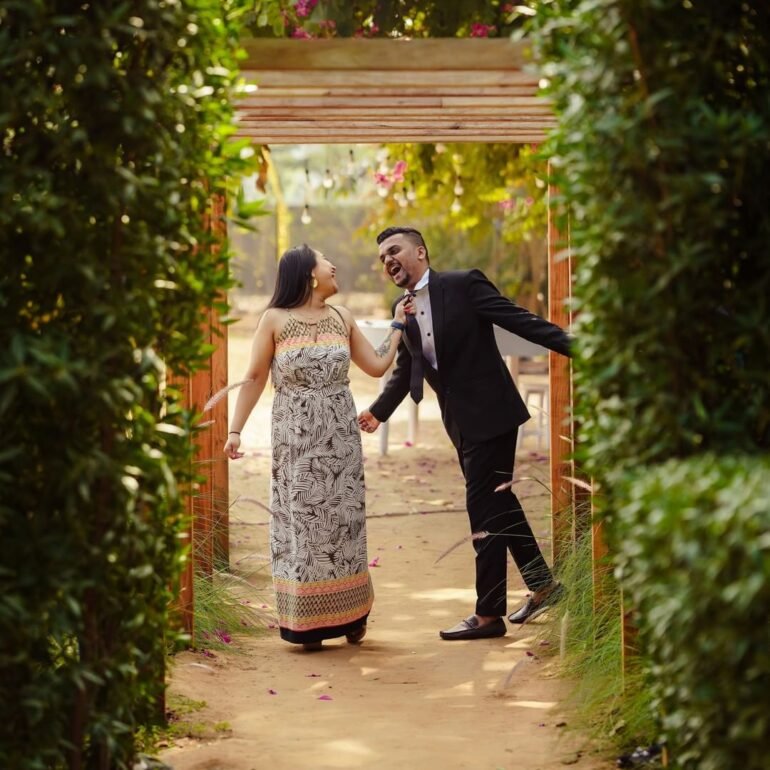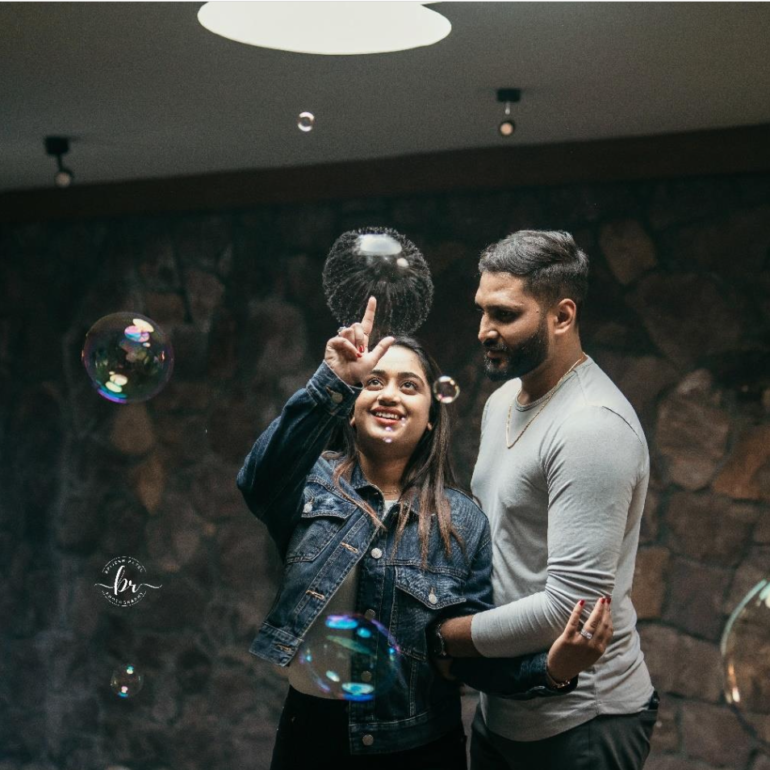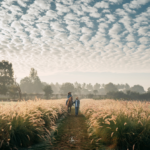Exploring the Differences Between Filmmaking, Cinematography, and Videography
What is the difference between filmmaking, cinematography, and videography?
Ever got fascinated by a film or captured by a documentary, drawn closely by its mesmerizing beauty? The magic behind creating this world is through visual storytelling; a broad, captivating landscape of where filmmaking, cinematography, and videography come together. However, for aspiring storytellers or those pertinacious viewers, these distinctions may be a bit vague. Fear not, film buffs! This comprehensive will help you and be able to capitalize on the power of visual storytelling.
The Power of Visual Storytelling
The human brain is wired for a visual stimulus. Since the earliest storytelling of cave drawings, a visual story has entranced its audience, a visual story is additionally an age-old art form. Within this industry exist today: visual stories from the largest blockbusters to the most captivating documentaries and engaging online videos. That knowledge about differences between filmmaking, cinematography, and videography lets you appreciate the intricate dance taking place behind any enthralling visual story.
Section 1: Filmmaking – Weaving the Magic
1.1 What is Filmmaking?
Filmmaking is the art, science, and craft of creating a moving picture story. It is a collaborative effort, the greatest symphony in which many highly talented people work along to execute a script onto the screen or, in modern days, onto your favorite streaming platform. Every stage, all the ideas from the first flicker of thought, leads to a graceful final cut gracing its way onto our screens.
Historical Background and Development – Filmmaking is a practice that spans back in history, from the earliest black-and-white productions during the silent generation to the absolute explosion of color, sound, and special effects that is found in modern cinema. At every point in time, the ongoing development of the art form was and remains important in pushing visual storytelling further along into the future.
1.2 Key Elements in Filmmaking:
Scriptwriting: The backbone of any film would be in the use of the script, which is the blueprint by which a story, dialogue, and characters come to life.
Directing: The director is likened to the captain of a ship. This individual commands the creative vision and is held accountable for almost all aspects of production.
Producing: A producer wears many hats. He or she would have to gather the necessary financing, put in place an excellent working team, and oversee the process of filmmaking from start to finish.
Editing: Editors, through the wonders of post-production, realize the final film with all the filmed material that was shot at the studio.
1.3 Role of a Filmmaker:
Filmmakers are visionaries – storytellers who believe in imagining an idea and then turning it into a compelling, mesmerizing story. They are the jack-of-all-trades, from visualizing the story to overseeing every phase of production. Well-known filmmakers the likes of Steven Spielberg, Christopher Nolan, and Ava DuVernay have left their imprints on cinema with their unique modes of storytelling and innovative style.
Section 2: Understanding Cinematography – The Art of the Image
2.1 What is Cinematography?
Cinematography is the art and technique related to motion picture photography. It is hence regarded as the visual language of the movie, a brush with which the vision of a director is realized. A good cinematographer breathes life into what is written on the script through a good grasp of light, camera movement, and composition.
2.2 Role of the Cinematographer
Film Lighting: From the warmth of a fireplace-lit scene to the sterility of a hospital room, lighting communicates mood and feeling.
Camera Work: Of course, camera shots, camera movement using techniques like tracking shots or pans, and even lens choices.
Visual Aesthetics: A cinematographer would work closely with a director in deciding on the overall look and feel of a film, colour palettes, choice of angles, and so on.
2.3 Key Cinematography Techniques
The cinematographer has at his disposal a whole toolbox of techniques to influence the viewer’s perspective: Camera angles A low angle shot can make someone look powerful, and a high angle can convey a sense of vulnerability. Camera movements A slow tracking shot, oh no, not that. It’s suspenseful. That pan was much too rapid, utter chaos.
Composition: One of the most critical features to direct the audience’s eye is the frame composition.
2.4 Iconic Cinematographers and Their Work:
History is loaded with some of the iconic cinematographers working day in and out to define the limitation of the surroundings. Following are some international examples:
Roger Deakins: Master of the craft of natural light and long takes (Skyfall and Blade Runner 2049).
Emmanuel Lubezki: The master of color and composition, from “Birdman” and “The Revenant.”
Darius Khondji: One of the most innovative cinematographers with camera movement, he has worked on “Se7en” and “Lost in Translation.”
Some influential Indian cinematographers and their contributions are as follows:
Ranjiv Menon: His brilliant play of natural light and vivid color schemes are known to everyone. From “Dil Chahta Hai” to “Guru,” his films have indeed redefined the way Indian cinema looks today.
Shoojit Sircar: Known for his realistic and engrossing style. The way he has worked the camera in films like “Vicky Donor” and “Piku” created a sense of closeness, pulling viewers into the world of the characters.
Santosh Sivan: is that nuanced cinematographer who has done some very fine work in Indian and international projects. His “Nayakan” and “Dil Se.” flesh out his skill for evocative visuals, which sometimes transcend the limitations of the language.
Ravi Varman: Well-known cinematographer in different genres; his work spanned from “Kannathil Muthamittal” to “Mersal,” in both visually beautiful and commercially successful films.
Part 3: Videography – The Moving Image
3.1 Understanding Videography
Videography is capturing and recording an electronic moving image. Although one may think that videography is a subset of filmmaking, it goes on a wider scope; it involves recording live events such as weddings and concerts to corporate presentations and social media content. Videography is the act of capturing life situations, and such captures don’t have to occur in a complex set-up as depicted in appearing in life.
3.2 Role of Videographer:
Since time immemorial, the main job of a videographer has been storytelling behind an image. Videographers are responsible for Heathcote Videographers record live events, such as weddings, and conferences, sporting events.
Corporate videography: Videographers produce creative videos such as marketing video materials, demonstration videos, and training video resources for various companies.
Social Media Content Development: In the current digital age, this is the primary mode of operation of effective video content. YouTube, Instagram, and TikTok are the mainstay platforms to do videography.
Videography makes use of compact cameras, such as DSLRs, and professional cinema cameras. Sometimes, videography makes use of advanced artificial lighting, but many a time, the available light is just good enough for keeping a documentary style. This contrasts substantially from the planning and control that traditionally goes into filmmaking.
Although both videography and cinematography capture moving images, the main difference between them lies in:
Purpose: Filmmaking in most cases usually tries to materialize a certain plot or artistic vision, whereas videography can turn out to be everything from a simple documentary to commercial representation.
Scale: Filmmaking often becomes a process of a big crew with huge scenery, costumes, and special effects, whereas videography production is much lighter and flexible.
Creative Approach: Cinematography focuses on aesthetics, composition, and designing a particular visual style for the movie. Videography may be more for the purpose of capturing a clear and attractive visualization of the subject matter.
Part 4: Key Differences and Overlaps
4.1 Filmmaking vs. Cinematography vs. Videography:
Filmmaking creates large-scale narratives with large-scale productions. Cinematography visualizes the stories. Videography records whatever is happening around us, from live episodes to social media content. All three work together and have some common skills in the integration of both art forms through moving images in storytelling.
4.2 Where They Intersect:
Group Work: In all three sectors, you have a professional crew with different professionals who work together to have an end product.
Overlapping Skills: There are a set of basic skills that one must have in the areas of camera operation, editing.
Foundation in Storytelling: Even documentary videography captures an event or a series of events in a systematic presentation of source materials with or without events commentary.
The world of visual storytelling is vast, dynamic, and colorful. Though different in their approaches, they are very important parts of bringing moving image stories to life. With aspirations to either write or direct feature films, document special moments, or create engaging content for social media, understanding the distinction among the three will really help you chart your course in this area of creativity.
So the next time you find yourself a captive of a movie’s visuals or engaging in some documentary, remember the intricate dance between filmmaking, cinematography, and videography that brought all these stories to life.
Do you love telling stories with visuals? Share your most favorite ideas and experiences with filmmaking, cinematography, or videography below!
Comments are closed.


